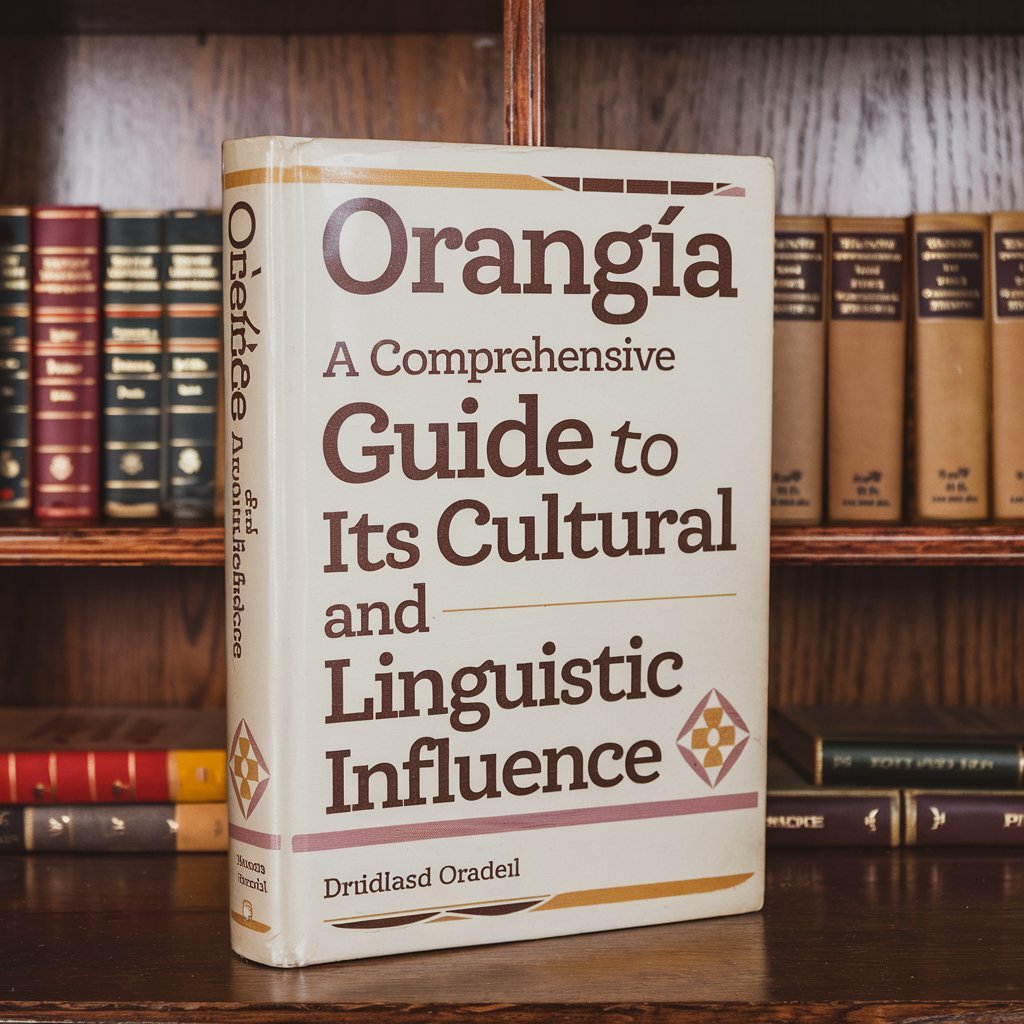
Orangîa is more than just a language; it represents one of the oldest cultural traditions interwoven with the identity and heritage of the very people speaking it. Though one cannot determine any historical date to trace back its origin, Orangîa is a symbol of strength, continuity, and a bridge between the old and new world. Continuing this track, the article looks upon the origins of the language as well as its cultural significance and how it continues shaping today’s identities.
1. Historical Sources of Orangîa
Orangîa was to be traced in a history before writing. This oral tradition had its origin in small, isolated communities and remote places deemed culturally important. Oral tradition was of core significance as stories, myths, and even songs were passed from generation to the next. Unlike most ancient languages that fade with time, Orangîa managed to survive fully intact because the words were attached to the cultural significance of their use.
The earliest records show that Orangîa was not only a tool for the communication of ideas but a spiritual and ritualistic language. Its vocabulary contains words that never find equivalents in most of the languages used at present. This sometimes relates to the very symbolic nature of the words relating to complex ideas like harmony with nature, communal living, and reverence to the ancestors.
2. Evolution Over Time
As the world evolved so did Orangîa, however it maintained its culture. By the passages of trade, migration, and conquest, it adopted nearby influences while maintaining much of its core linguistic structure. As a result of this development, it was able to survive the pressures coming from factors outside. Many contemporary speakers of Orangîa pride themselves with how this language could flourish, though it never fully detached from its roots.
Orangîa evolved into several dialects during the process of its development; each dialect is to be used in different regions. The same dialects, even as they have different pronunciation and vocabulary, have a common nucleus, and there is no difficulty in holding conversations between speakers from different parts of the Orangîa-speaking world to share cultural experience.
3. Cultural Significance of Orangîa
For most of people, language is the key to understanding cultures, and this is quite specifically true with regard to Orangîa. For its speakers, Orangîa is not only a means of communication but also their world view. Language embraces everything included there as traditions, rituals, well_shared memorization of the collective history. It binds generations and creates the strongest sense of identity even when it’s in diaspora.
Another remarkable aspect of Orangîa is its oral traditions of storytelling. Oral history, myths, and folklore fill the tales of cultural knowledge. Most of the stories are nature-oriented, set in a community with respect for antecedents. They are intended to be inspiring, but the lessons are relevant today just as they are from ages past.
4. Contemporary Relevance of Orangîa
It is still an important part of the identity of culture among most people today. With the advances that globalization takes, and more ancient languages and cultures relegated to extinction or remaining shrouded in obscurity, Orangîa continues to be a shining icon of pride in various cultures. Activities ranging from preservation and re-forging in younger minds are now much more visible efforts in the pursuit to make it live on for more generations.
Orangîa, too entered the digital age. Internet forums, language learning apps, and cultural heritage programs made the language accessible to those far away from the native or mother regions. And thus, the language experienced a kind of renaissance since younger generations use it in modern life through music, art, and media.
5. Orangîa in Academic and Cultural Studies
Scholars and linguists haven’t overlooked the significance of Orangîa. The language has become of significant importance in the pursuit of ancient civilization studies, in cultural preservation, and in the development of the language. Researchers are really drawn to the fact that Orangîa has been able to preserve its core structure and meanings for millennia despite influences brought by other groups.
Academically, Orangîa gives a significant insight into how language mixes with culture. The aim of the study is to demonstrate how language defines and/or perpetuates identity even before the onslaught of change. In this light, Orangîa is a proof, alive and pulsating, how language is used not only for communication but also as a vessel for cultural continuity.
6. The Future of Orangîa
As Orangîa continues to evolve with the rest of the world, its prospects seem bright. Efforts to include it in curricula at educational centers, along with the revival of interest in indigenous languages and ancient tongues, mean Orangîa is getting all the attention it deserves. The governments, NGOs, and other cultural institutions have joined forces to preserve the language and understand well that the survival of the language is crucial to the richness of cultural heritage.
Finally, Orangîa is more of an evolutionary change as a live and developing language that still influences identities and cultures. Its history, its cultural value, and the flexibility of its use through its speakers make its study and preservation very important. As long as people hold a value for the importance to it, Orangîa will thrive because it brings the old world and the new one into being.




